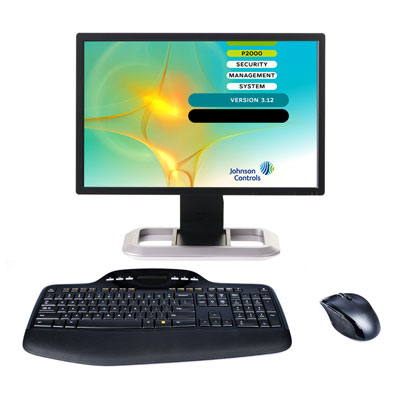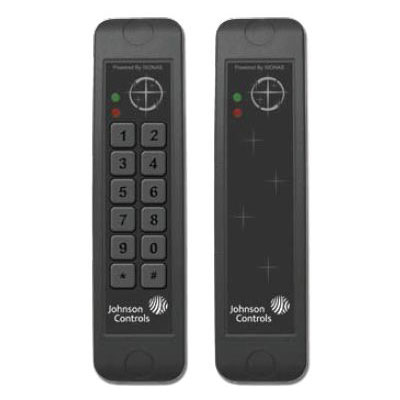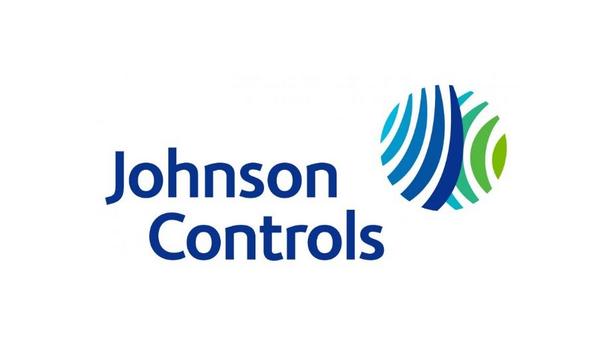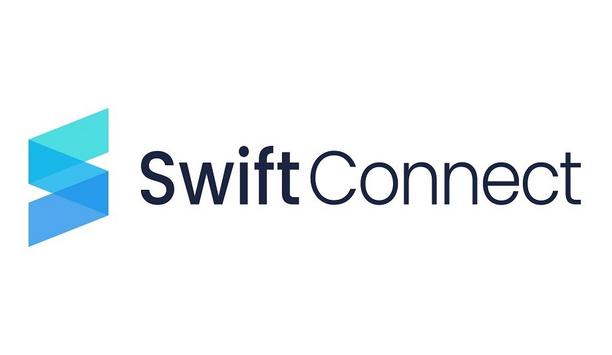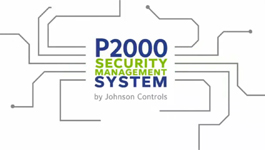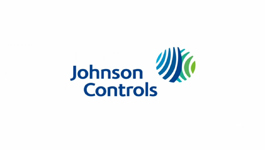How can security systems be used to predict bad things?
Editor Introduction
It seems there are more “bad things” happening than ever before. We hear news every day of workplace shootings and terrorist attacks, of smash-and-grab thefts and child abductions. Beyond the possible human tragedy involved, such events pose a persistent question to anyone involved in the realm of security: Could we have prevented it? The first step toward prevention is to predict or foresee an event before it happens. Too often, technology enters the picture after the fact, most commonly the use of forensic video. Isn’t there more our industry can do before such events occur? We put the question to this week’s Expert Panel Roundtable: How can security systems be used to predict bad things before they happen?
Video analytics continue to evolve as a powerful surveillance tool for enterprise security to detect and mitigate potential threats – often before events occur. Advanced analytics, such as deep learning, can collect and learn data over a period of time as a way to gauge how a scene typically functions on a day-to-day basis. As a result, when something out of the ordinary happens, such as a lingering person, traffic going the wrong way, or an extra-large object being carried, an alarm is triggered so that the proper responders can react. Analytics enable security cameras to operate more intelligently and efficiently, including analysing video in real-time to detect abnormalities in behaviours and physical environments. Motion detection and intrusion detection can alert operators immediately to potential threats. Instead of using surveillance only for forensic purposes, systems can allow authorities to address the threat from its onset and implement proactive measures.
Providing eyewitness accounts can alter the potential severity of a tragedy or stop it altogether. By enabling members of your community to be additional eyes and ears for security personnel, eyewitnesses can address security issues as they occur or even before. Tools like two-way anonymous tip applications can empower you staff and visitors to prevent crimes and instantly alert on-site security of strange and potentially dangerous situations. Whether an eyewitness notices a lone gunman or a co-worker acting suspiciously, anonymous tips allow security personnel to be notified more quickly than normal and to instantly respond and collect more information. Mere seconds can pass between a member of your community witnessing something out of the norm and a full-on emergency, so placing tools in employees’ hands can only help security personnel react faster and more accurately during a crisis.
Video analytics and access control are two key tools in proactive security and prevention of incidents. Integrated CCTV technology, for instance, is perfect for setting up “virtual fences” that detect potential intruders even beyond the perimeter line. Video analytics can also detect if individuals or groups are making unusual movements, such as going the wrong way down a corridor or at an unusual time. Access control is also perfect for people counting, to assess whether a floor or zone is over-occupied (for safety), but also to assist with intruder detection. Biometrics also offer prevention capabilities. For instance, walking gait analysis can be used to detect suspicious behaviour or to identify and track a potential suspect as they move around a facility. Automatic number plate recognition (ANPR) also offers useful preventative analysis to track suspect vehicles and to look for unusual behaviour, which could warn of potential danger.
While security professionals can’t see the future, there are solutions available that can help mitigate and respond to threats. For example, gunshot detection solutions can easily integrate into existing security systems. While many gunshot detection systems rely solely on acoustic feedback, advanced sensors also look for an infrared flash. This dual authentication improves accuracy and greatly reduces false alerts. With sensors installed throughout a customer’s facilities, critical information can be relayed to occupants — as well as emergency personnel outside — so that the proper steps can be taken to quickly control the situation. By automatically detecting shots, life-threatening delays in response can be avoided.
Security staff may be well trained, but they cannot be at all places, at all times. Watching security video feeds on monitors isn’t a good solution either, because of the proven fatigue factor that can quickly set in. Increasingly, advances in video analytics are giving enterprise security the tools to anticipate and mitigate security risks before they occur. Video analytics technology helps security systems learn what’s normal and what’s abnormal so they can proactively identify unusual and potentially harmful behaviour that a security officer may miss. For example, motion detection analytics can identify when there are individuals present in areas where there should be no motion. Loitering detection can be deployed to alert authorities if there is a person standing near an entrance for an unusually long period of time. Advanced facial recognition technology could coordinate with watch lists to see if there is a match, potentially enabling an arrest.
It is hard to know when or where tragedy will strike. I think a multi-layered approach to security is the key to early warning systems. There is a need to add additional layers of protection to all campuses and buildings, such as social media monitoring and real-time location system (RTLS) technology, to help to serve as an indicator of individuals who could pose a risk to others. Even though RTLS is critical for tracking and communication once an emergency has already begun, it can be used as a preventative measure as well. RTLS can help identify unknown individuals in the building and provide an alert to give people extra time to run, hide and fight. Today, systems can deliver notifications to individuals’ cell phones while an event is taking place. We may not be able to predict all events before they happen, but we should be prepared just in case.
Video surveillance cameras and analytics capabilities are essential components of a security system when it comes to predicting security incidents or breaches. Analytics like facial recognition and licence plate recognition can be used to identify people and vehicles that may be known to be security risks from past incidents. Identification of certain objects, especially in contexts where they’re unusual, can also be predictive of security risks. Predictive analytic systems can learn what patterns in the movements of people and objects may be indicative of possible incidents. These systems can learn from past incidents or can be pre-programmed to alert on particular patterns. Predictive analytics can also be based on the integration of information from different systems, such as video and access control. Tailgating is an example of a behaviour that may lead to security incidents. With access to total situation awareness, personnel can identify risk-indicating behaviour through training and experience.
Predictive analysis, artificial intelligence, machine learning and deep learning are the current catch phrases. Interestingly, the application of these technologies to areas that are not typically security-related is where we stand the best chances of predicting crime before it occurs. Deep learning of social media is a key example of an element we should be combining with security system components to help predict the “when, where and who” elements of crime. Imagine an individual is posting inflammatory remarks on their Facebook feed that could be indicative as a precursor to crime. Face recognition could be used to proactively notify security personnel when the individual is on premise and to implore additional analysis regarding their location and behaviour; i.e., is this a place they would typically visit and what motivations are represented by their behaviour? Ultimately, human interaction will be required, but advanced technology must alert humans with the relevant data.
Predicting things before they happen brings to mind the movie Minority Report. While we don’t have “Precogs” to give us the complete picture, technology is advancing quickly to provide tips and cues to allow us to be preemptive in our security. With the revolution of Big Data, the foresight into behaviour is even more powerful; from surveillance cameras that learn patterns and report alerts based on learned behaviour, to using data to predict a certain behaviour that is out of the norm, we are making advancements. Now we can use analytics and human response to give context and create more accurate threat detection. With the number of threats in our society, the need for proactive security has a sense of urgency, and artificial intelligence (AI) and machine learning continue to grow in acceptance and importance. These advancements may even bring us closer to a futuristic level of crime prevention.
The focus on incident prevention versus detection is a trending change in physical security technology, and advanced video management system (VMS) solutions play a significant role in this new model. As the processing power and functionality of VMS solutions improve, and are supplemented by integrations with advanced software analytics, there are new crossroads in technology where detection and prevention intersect. These capabilities are seen in higher levels of video/data integration and analytics that can automatically detect abnormal behavioural patterns and correlate relationships between otherwise non-related events. And with VMS mobility, surveillance operations can be extended with high quality (30 fps) images using conventional smartphones from virtually anywhere. For example, security guards can take their situational awareness to the next level by using their smartphones to send live video from the field directly to the VMS platform. This also extends the role of the surveillance system to address other operational issues.
We stress to customers to use systems in a proactive way; that is, don’t just use systems to generate forensic evidence after something bad has happened. We have school administrators who perform a quick video review to see if people were in their buildings at odd hours over the weekend or during holidays. A simple glance at a search screen for all cameras over a weekend will show if someone was in the facility at odd hours. Some of our customers configure their systems to generate a small video clip every time a back door to the business is used during periods when company policy says it shouldn’t be used. Other customers export video at one image per minute and then review 10 hours of video easily in a one-minute video clip. The key is to actively use the system to prevent and solve issues before they become major problems.
Editor Summary
Predicting events before they happen is an important first step toward preventing tragedy. A variety of analytics capabilities, including video analytics and even the use of artificial intelligence techniques, are opening new opportunities for security systems to predict bad events. Our Expert Panel Roundtable shared several good examples that confirm a growing trend. The physical security industry increasingly can provide a new realm of value to customers: The ability to predict the future.
Johnson Controls, Inc. products
Johnson Controls, Inc. news
The Internet of Things (IoT) has revolutionised many industries, including physical security. By connecting physical devices to the internet, IoT technology offers significant enhancements to security systems. Benefits include real-time monitoring, remote access, and the utility of new devices such as temperature and humidity sensors. At the same time, IoT devices come with challenges, including greater cybersecurity vulnerability. We asked this week's Expert Panel Roundtable: How is the Interne...
Johnson Controls, the global pioneer for smart, healthy, and sustainable buildings, is showcasing its industry-pioneering products, digitally-enabled solutions, and service offerings at Global Security Exchange (GSX) 2024 in Orlando, Florida, from Sept. 23-35. At booth 1275, the company will discuss how its proven solutions address every stage of a building’s lifecycle, and proactively mitigate everyday security challenges and emerging threats, while promoting smarter, safer, and more sus...
At GSX 2024, the Physical Security Interoperability Alliance (PSIA) will show an expanded roster of devices supporting its Public Key Open Credential (PKOC) specification. PSIA will be showcasing the latest information and demonstrations for PKOC at the JCI Security Products demo room S230 A&B. They will be able to see interoperability following open specifications between mobile and physical credentials from multiple manufacturers with multiple manufacturer readers leveraging Bl...
Johnson Controls, Inc. case studies
SwiftConnect, a pioneering provider of connected access enablement, is powering easy, secure, and private access using an iPhone and Apple Watch with the Johnson Controls Software House C•CURE 9000 access control system. The SwiftConnect AccessCloud platform integration with the Software House C•CURE 9000 access control system makes it possible for Software House C•CURE 9000 customers to take advantage of the employee badge in Apple Wallet for physical access. Deployments of emp...
It may sound like a small change, but installing security cameras on a property can significantly impact occupant and visitor behaviour by enabling more accountability. This is notable for environments such as K-12 schools where occupants are younger and more impulsive. Lack of visibility A public school system on the East Coast faced frequent incidents of bullying, vandalism and theft among students as well as the harassment of faculty and staff and was struggling to keep its occupants accou...
Salient Systems, a pioneer in open architecture video management systems, announces that UMass Amherst, the flagship campus of the University of Massachusetts system, has standardised its video surveillance operations on the Salient CompleteView Video Management Platform, enabling campus security and safety staff to protect the campus population of 32,000 with a 24/7 view of its video surveillance and integrated access control operations. Using CompleteView, UMass Amherst is centrally monitorin...
Johnson Controls, Inc. videos
Expert commentary
- When choosing an access solution, make total cost of ownership a key part of the calculation
- How Californian cities are improving surveillance and security - key developments from 2022 to 2024
- Healing through innovation: Securing healthcare in the cloud
- Unlocking new potential in video security through AI
Security beat
Security bytes
- Getting to know Dan Grimm, VP and General Manager of Computer Vision at RealNetworks
- Big wins and the importance of showing up: Insights from SourceSecurity.com editor Larry Anderson
- Setting goals, business travels and radioactivity: Success secrets from Tiandy's John van den Elzen
- Getting to know Jeff Burgess, President/CEO at BCDVideo

Johnson Controls, Inc.
507 E Michigan Street
Milwaukee, WI 53202












